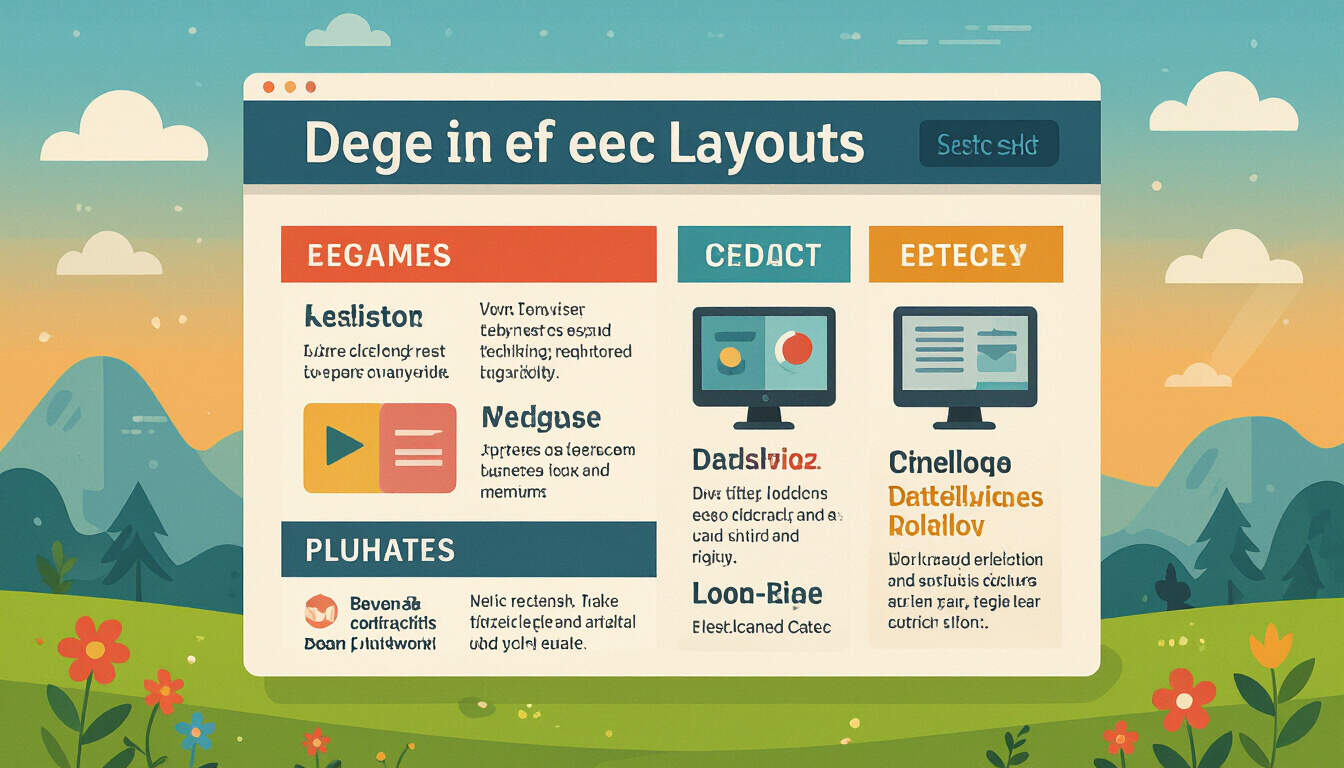Exploring Semantic HTML for Aspiring Freelance Web Developers
 by Shanie Goodwin
by Shanie Goodwin
Semantic HTML provides a meaningful structure to web pages, making them more accessible and efficient. For those starting in freelance web development, learning this skill can lead to better projects and client satisfaction. Discover how to apply it effectively in your work.

Semantic HTML plays a key role in creating well-organized websites. It helps developers build pages that are easy to read and maintain. For beginners in web development, focusing on this can improve your projects right away.
Start by learning the basics of HTML elements. These include tags like header, footer, and section. Using them correctly gives meaning to the content. For instance, a header tag defines a top part of the page, while article tags group related content.
In web development, proper structure leads to better outcomes. It ensures that search engines can index pages effectively. This means your freelance work might rank higher in results, attracting more clients.
Consider accessibility as another advantage. By using semantic elements, you make sites usable for everyone, including those with disabilities. Tools like screen readers rely on this structure to function well.
Why Focus on Semantic HTML?
For freelance web developers, semantic HTML offers clear benefits. It can reduce the time spent on debugging. When code is logical, issues are easier to spot and fix.
Many clients value sites that load quickly and work on all devices. Semantic HTML contributes to this by keeping the code clean. As a beginner, practicing it will build a strong foundation for your career.
Take a simple example: instead of using div tags everywhere, opt for semantic ones. This approach makes your HTML more descriptive. Over time, you'll find that clients appreciate the professionalism it brings.
Getting Started with Implementation
To begin, set up a basic HTML document. Start with the doctype declaration and the html tag. Then, add head and body sections. Within the body, use elements like nav for navigation menus and aside for supplementary content.
Here are some steps to follow:
- Identify the main sections of your page.
- Choose the appropriate semantic tag for each part.
- Test the structure using browser tools.
For example, in a blog page, wrap the main post in an article tag. Use h1 for the title and p for paragraphs. This way, the page flows logically.
As an intermediate learner, experiment with combining semantic HTML with CSS. It allows for styling without altering the meaning. Remember, the goal is to keep content and presentation separate.
One common pitfall is overusing generic tags. Stick to semantic ones where possible. This practice will enhance your portfolio pieces and make them stand out to potential clients.
Building Skills Through Practice
Practice is essential for growth in web development. Try creating a simple personal website using semantic HTML. Include sections for about, contact, and projects.
Once done, review your code. Ask yourself if the structure makes sense. Does it clearly define the content's purpose? Accessibility features like alt attributes on images work well with semantic elements.
Join online communities to share your work. Feedback from others can help refine your skills. Over time, you'll gain confidence in handling freelance projects.
For freelancers, having a portfolio that showcases semantic HTML can be a plus. Clients often look for developers who follow best practices. By prioritizing this, you position yourself as reliable.
Integrating with Other Technologies
Semantic HTML works well with JavaScript and CSS frameworks. For instance, when using React, semantic elements provide a solid base for components. This integration makes your code more maintainable.
In freelance work, you might handle various projects. From e-commerce sites to personal blogs, applying semantic structure ensures consistency. It also aids in collaboration with other developers.
Remember to validate your HTML using online validators. This step catches errors early and keeps your work polished.
Final Thoughts
Adopting semantic HTML is a smart move for anyone entering freelance web development. It not only improves your technical skills but also opens doors to more opportunities. By focusing on this area, you'll create websites that are effective and user-friendly.
Keep practicing and applying what you learn. With dedication, you'll see progress in your abilities and your freelance career.
